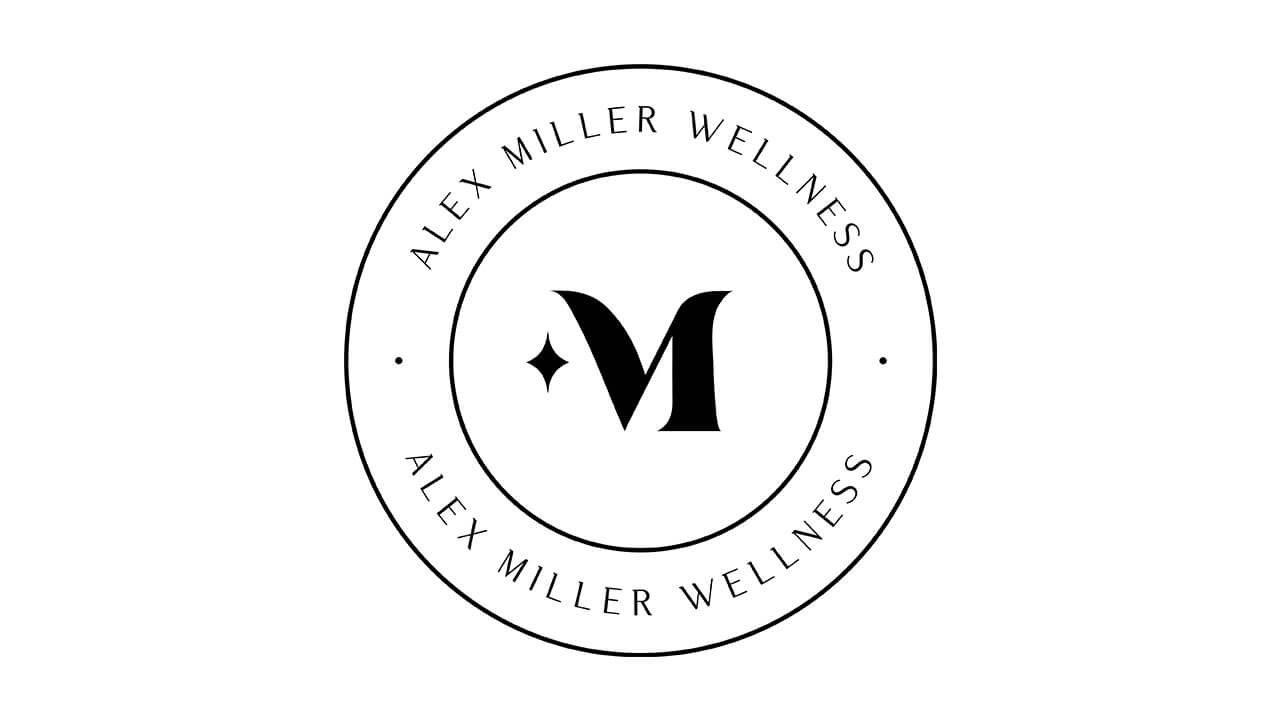This Strange Arm Technique Can Help Prevent
Accidental Bladder Leakage
The information provided in this program is not intended as a substitute for medical advice. Pelvic Floor Strong and AMF Training inc. are not licensed medical care providers and represent that they have no expertise in diagnosing, examining, or treating medical conditions of any kind, or in determining the effect of any specific exercise on a medical condition. Always consult with your physician before beginning any exercise program.

In This Video You'll Learn Strategies Like...
- The #1 hidden cause of bladder leakage that 4 in every 5 women over the age of 40 suffer from.
- The one upper body stretch that can help relieve bladder leakage at any age.
- The three biggest mistakes doctors are telling women.
- The three step movement sequence to strengthen your core and pelvic floor in just minutes a day.
About Pelvic Floor Strong System

Pelvic Floor Strong™ is an at-home comprehensive video system designed to effectively and safely strengthen the pelvic floor and core. Pelvic Floor Strong reveals simple concepts and gentle exercises that can be done any time, anywhere to stop your bladder leakage, tone your vaginal walls and belly, leaving you feeling confident, empowered and sexy.
Urinary Incontinence affects 200 million people worldwide. Twenty-five million of those people are Americans and 75-80% of those are women.
That’s why Alex Miller, Fitness Instructor and Women’s Health Specialist, began rehabbing women that were suffering from pelvic floor dysfunction. Using her education, experience, and in collaboration with top pelvic floor physical therapists, Pelvic Floor Strong™ was born.
Today, there are thousands of women from all over the world changing their lives with Pelvic Floor Strong. Created with love and science-backed research for women 40+.
- Blaivas JG, Groutz A. Urinary incontinence: pathophysiology, evaluation, and management overview. In: Walsh PC, Retik AB, Vaughan ED Jr, Wein AJ, eds. Campbell’s Urology. 8th ed. Philadelphia: WB Saunders Company; 2002: 1027-1052.
- Bø K. Pelvic floor muscle training in treatment of female stress urinary incontinence, pelvic organ prolapse and sexual dysfunction. World J Urol. 2012 Aug;30(4):437-43. doi: 10.1007/s00345-011-0779-8. Epub 2011 Oct 9.
- Boissonnault JS, Kotarinos KR. Diastasis recti I. In: Wilder E. ed. Obstetric and gynecologic physical therapy. New York: Churchill Livingstone, 1988:63–81.
- Chen, C.C.G., Cox, J.T., Yuan, C. et al. Knowledge of pelvic floor disorders in women seeking primary care: a cross-sectional study. BMC Fam Pract 20, 70 (2019).
- Cho ST, Kim KH. Pelvic floor muscle exercise and training for coping with urinary incontinence. J Exerc Rehabil. 2021 Dec 27;17(6):379-387. doi: 10.12965/jer.2142666.333
- DeLancey JOL. Stress urinary incontinence:where are we now, where should we go? Am J Obstet Gynecol. 1996;175:311-319.
- Faubion SS, Shuster LT, Bharucha AE. Mayo Clin Proc. 2012 Feb; 87 (2):187-93
- Henalla SM, Hutchins CJ, Robinson P, et al. Non-operative methods in the treatment of female genuine stress incontinence of urine. J Obstet Gynaecol 1989;9:222--5.
- J. M. Weiss, “Pelvic floor myofascial trigger points: manual therapy for interstitial cystitis and the urgency-frequency syndrome,” Journal of Urology, vol. 166, no. 6, pp. 2226–2231, 2001.
- Keeler J, Albrecht M, Eberhardt L, et al. Diastasis recti abdominis: a survey of women’s health specialists for current physical therapy clinical practice for postpartum women. J Womens Health Phys Therapy 2012;36:131–42.
- (1)Herschorn S. Female pelvic floor anatomy: the pelvic floor, supporting structures, and pelvic organs. Rev Urol. 2004;6 Suppl 5(Suppl 5):S2-S10. PMID: 16985905; PMCID: PMC1472875
- (4)Dumoulin C, Glazener C, Jenkinson D. Determining the optimal pelvic floor muscle training regimen for women with stress urinary incontinence. Neurourol Urodyn. 2011 Jun;30(5):746-53. doi: 10.1002/nau.21104. PMID: 21661024
- Eliasson K, Elfving B, Nordgren B, Mattsson E. Urinary incontinence in women with low back pain. Man Ther. 2008 Jun;13(3):206-12. doi: 10.1016/j.math.2006.12.006. Epub 2007 Mar 23. PMID: 17363318
- Sperstad JB, Tennfjord MK, Hilde G, Ellström-Engh M, Bø K. Diastasis recti abdominis during pregnancy and 12 months after childbirth: prevalence, risk factors and report of lumbopelvic pain. Br J Sports Med. 2016 Sep;50(17):1092-6. doi: 10.1136/bjsports-2016-096065. Epub 2016 Jun 20. PMID: 27324871; PMCID: PMC5013086
- Kim H, Suzuki T, Yoshida Y, et al. Effectiveness of multidimensional exercises for the treatment of stress urinary incontinence in elderly community-dwelling Japanese women: a randomized, controlled, crossover trial. J Am Geriatr Soc 2007;55:1932--9.
- Klutke CG, Siegel CL. Functional female pelvic anatomy. Urol Clin North Am. 1995;22:487-498.
- Marques A, Stothers L, Macnab A. The status of pelvic floor muscle training for women. Can Urol Assoc J. 2010 Dec;4(6):419-24. doi: 10.5489/cuaj.10026.
- Oelrich TM. The striated urogenital sphincter muscle in the female. Anat Rec. 1983;205:223-232.
- (2)Park H, Han D. The effect of the correlation between the contraction of the pelvic floor muscles and diaphragmatic motion during breathing. J Phys Ther Sci. 2015 Jul;27(7):2113-5. doi: 10.1589/jpts.27.2113. Epub 2015 Jul 22.
- Sapsford RR, Hodges PW: Contraction of the pelvic floor muscles during abdominal maneuvers. Arch Phys Med Rehabil, 2001, 82: 1081–1088.
- Staer-Jensen J, Siafarikas F, Hilde G, et al. Postpartum recovery of levator hiatus and bladder neck mobility in relation to pregnancy. Obstet Gynecol 2015;125:531–9.
- Strohbehn K, DeLancey JOL. The anatomy of stress incontinence. Oper Tech Gynecol Surg. 1997;2:5-16.
- Tajiri K, Huo M, Maruyama H: Effects of co-contraction of both transverse abdominal muscle and pelvic floor muscle exercises for stress urinary incontinence: a randomized controlled trial. J Phys Ther Sci, 2014, 26: 1161–1163.
- Yoon HS, Song HH, Ro. YJ. A comparison of effectiveness of bladder training and pelvic muscle exercise on female urinary incontinence. Int J Nurs Stud 2003;40:45--50.
- (3)Courtney, Rosalba. (2009). The functions of breathing and its dysfunctions and their relationship to breathing therapy. International Journal of Osteopathic Medicine - INT J OSTEOPATH MED. 12. 10.1016/j.ijosm.2009.04.002
- (5)https://phoenixpt.com/statistics/
- Morris CE, Greenman PE, Bullock MI, Basmajian JV, Kobesova A. Vladimir Janda, MD, DSc: tribute to a master of rehabilitation. Spine (Phila Pa 1976). 2006 Apr 20;31(9):1060-4. doi: 10.1097/01.brs.0000214879.93102.4e. PMID: 16641785
- Sanders, Richard & Annest, Stephen. (2017). Pectoralis Minor Syndrome: Subclavicular Brachial Plexus Compression. Diagnostics (Basel, Switzerland). 7. 10.3390/diagnostics7030046.



